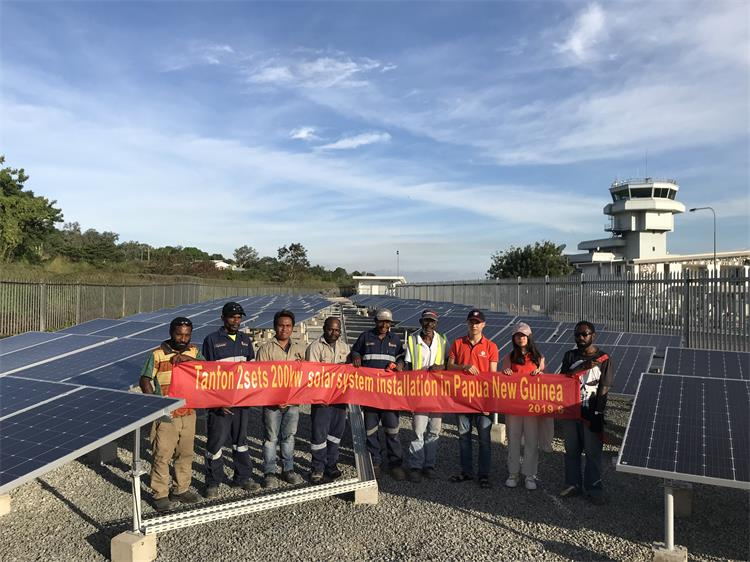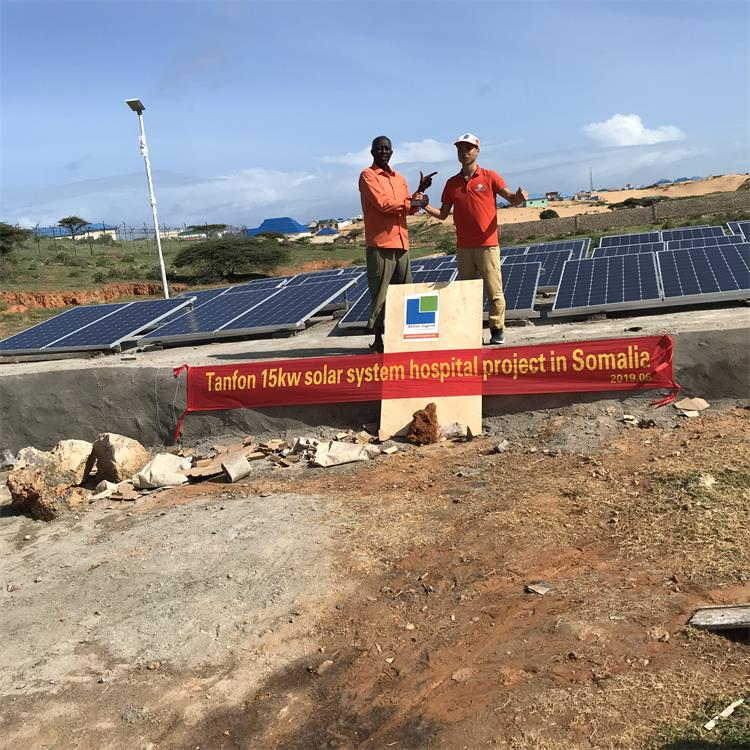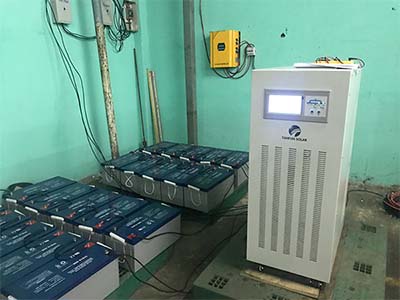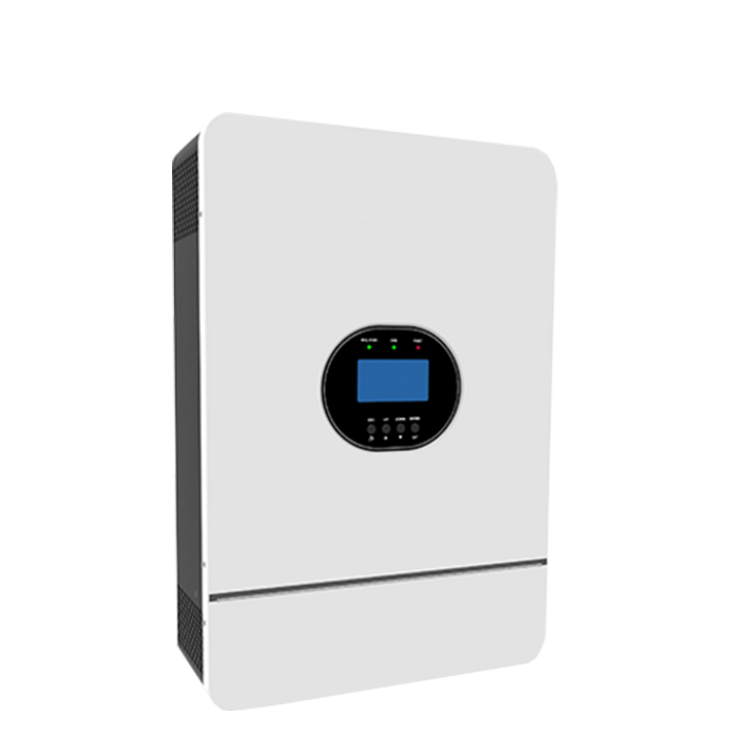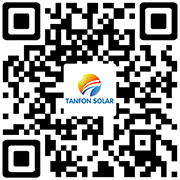 TANFON SOLAR
TANFON SOLAR
 April 29,2019
April 29,2019
Central inverter: the power is between 100KW and 2500KW. With the development of power electronics technology, the string inverters are getting bigger and bigger, and now the central inverters below 500KW basically return to the market. The power device adopts high-current IGBT.
String inverter: the power is from 1KW to 80KW, low-power inverter switch tube generally uses small current MOSFET, medium power inverter generally uses power module integrated with multiple discrete devices.
Main advantages and disadvantages of central inverter
Central inverter is generally used in large power generation systems such as desert power plants and ground power stations. The total power of the system is large, generally above megawatts.
Main advantages:
(1) The number of inverters is small, which can be installed centrally and easy to manage;
(2) The number of components of the inverter is small, the number of fault points is small, and the reliability is high;
(3) The harmonic content is small, the DC component is small, and the power quality is high;
Main disadvantages:
(1) The DC combiner box has a high failure rate and affects the entire system.
(2) The central inverter MPPT voltage range is narrow, generally 500-820V, and the component configuration is not flexible. In the rainy days, the area with a lot of fog has a short power generation time.
(3) The installation and deployment of the inverter room is difficult, and a dedicated machine room and equipment are required.
Main advantages and disadvantages of string inverter
String inverter is suitable for small and medium-sized rooftop photovoltaic power generation systems and small ground power stations.
Main advantages:
(1) The string inverter adopts a modular design, each photovoltaic string corresponds to one inverter, the DC terminal has the maximum power tracking function, and the AC terminal is connected in parallel, which has the advantage that it is not subject to the difference between the modules. The effect of shadow occlusion, while reducing the optimal operating point of the PV module and the inverter does not match, maximizing the amount of power generation.
(2) The string inverter has a wide MPPT voltage range, generally 200-800V, and the component configuration is more flexible. In the rainy days, the foggy area is long and the power generation time is long.
(3) The string-type grid-connected inverter is small in size, light in weight, easy to handle and install, does not require professional tools and equipment, and does not require a dedicated power distribution room. It can simplify construction in various applications. , reduce the land occupation, DC line connection does not need DC combiner box and DC power distribution cabinet. The string type also has the advantages of low self-consumption, low impact, convenient replacement and maintenance.
Main disadvantages:
(1) There are many electronic components, and the power device and the signal circuit are on the same board. It is difficult to design and manufacture, and the reliability is slightly poor.
(2) Inverters using discrete power devices have small clearances and are not suitable for high altitude areas. Inverters using power modules are not affected. Outdoor installation, wind and sun exposure can easily lead to aging of the outer casing and heat sink.
(3) Without isolation transformer design, the electrical safety is slightly worse. The negative electrode grounding system of the thin film component should be equipped with an isolation transformer. The DC component is large and has a great influence on the power grid.

